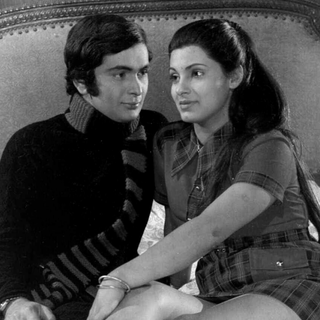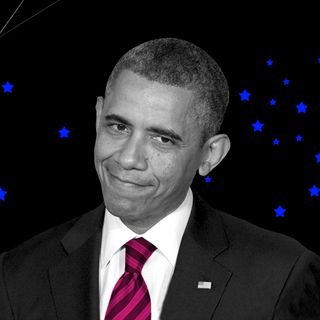Canada has begun the process of returning to India a statue of the Hindu goddess Annapoorna, stolen from Varanasi more than a century ago.
The statue was a part of the University of Regina’s collection at the MacKenzie Art Gallery, which presently includes more than 5,000 works, many of which were bequeathed to the university in 1936 by Norman MacKenzie, who was a lawyer and art collector.
The statue of the goddess is believed to have been taken by MacKenzie during his 1913 visit to India from a shrine at the stone steps situated on the bank of the river Ganges in Varanasi.
Reportedly, artist Divya Mehra discovered that the statue had been wrongfully acquired from India while browsing through MacKenzie’s collection in preparation for an exhibition. Subsequently, Dr. Siddhartha V. Shah, curator of Indian and South Asian Art at the Peabody Essex Museum identified it as a statue of the Hindu goddess Annapoorna.
A virtual repatriation ceremony was held on November 19 and attended by Chase and Ajay Bisaria, Indian High Commissioner to Canada, along with representatives from the MacKenzie Art Gallery, Global Affairs Canada, and Canada Border Services Agency. The statue is now reported to be on its way back to India.
“As a university, we have a responsibility to right historical wrongs and help overcome the damaging legacy of colonialism wherever possible…. Repatriating this statue does not atone for the wrong that was done a century ago, but it is an appropriate and important act today,” Thomas Chase, PhD, Interim President and Vice–Chancellor of the University of Regina, told the media.
Related on The Swaddle:
Dutch Museums Promise to Return 100,000 Items Looted From Former Colonies
“The repatriation of the Annapoorna is part of a global, long-overdue conversation in which museums seek to address harmful and continuing imperial legacies built into, sometimes, the very foundations of their collections. As stewards of cultural heritage, our responsibility to act respectfully and ethically is fundamental, as is the willingness to look critically at our own institutional histories,” said Alex King, curator of the university’s art collection.
The repatriation debate has gathered momentum worldwide, especially since French President Emmanuel Macron commissioned a report to guide the restitution of artworks through “inventorying, the sharing of digital files and an intensive transcontinental dialogue.” Last month, Amsterdam’s Rijksmuseum announced it will return artworks stolen from Sri Lanka and Indonesia after a colonial repatriation committee in the Netherlands released a report that advised complete “recognition and rectification of injustices” borne of colonialism.
Indians have also begun engaging with the repatriation debate. Politician Shashi Tharoor’s passionate 2015 speech to the Oxford Union, in which he addressed reparations for colonial wrongs committed by Britain, garnered more than 7 million views online. “You haven’t really decolonized a nation, unless you’ve given back what’s theirs,” Anuraag Saxena, co-founder of the India Pride Project (IPP), a group of art enthusiasts who use social media to identify stolen religious artefacts from India, told The Diplomat in 2019. So far, IPP, whose motto is “history belongs to its geography,” has managed to bring back to India a number of stolen artworks and sculptures from the U.K. and Australia.
“We are delighted that this unique statue of Annapoorna is on her way home. The move to voluntarily repatriate such cultural treasures shows the maturity and depth of India-Canada relation,” Bisaria noted.




